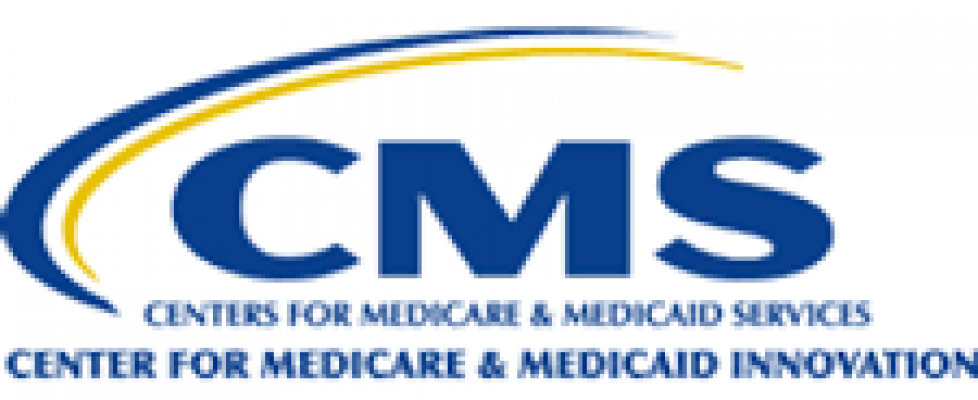Federal Regulatory Developments Brewing in Telehealth
Two federal agencies – the Centers for Medicare and Medicaid Services (“CMS”) and the Federal Communications Commission (“FCC”) – announced separate initiatives last week that stand to increase patient access to telehealth services.
Proposed Medicare Physician Fee Schedule for Calendar Year 2019. The CY 2019 Medicare Physician Fee Schedule Proposed Rule (the “Proposed Rule”) was released for publication in the Federal Register on July 12, 2018. The Proposed Rule updates payment policies, payment rates, and other provisions for Medicare-covered services furnished under the Medicare Physician Fee Schedule on or after Jan. 1, 2019. The Proposed Rule is open for public comment until September 10, 2018.
Proposed Rule – Telehealth Impact. If adopted in its current form, the Proposed Rule will (i) add multiple procedures to the list of Medicare-covered telehealth services and will (ii) pay separately for two newly defined physicians’ services furnished using communication technology.
Decades-old language in the Social Security Act (the “Act”) places constraints on federal reimbursement for “Medicare Telehealth Services,” by, among other things, requiring that patients visit certain types of “originating site” facilities in order to receive covered/reimbursable Medicare Telehealth Services. In the Proposed Rule, CMS articulates a narrow interpretation of the Act that, if approved, will limit the definition of “Medicare Telehealth Services” – and, in turn, the application of the Act’s “originating site” coverage requirement – to certain core types of telehealth services. By limiting the range of telehealth services that are considered “Medicare Telehealth Services” subject to the Act’s “originating site” and other requirements, CMS will be free to cover and reimburse more treatments for Medicare beneficiaries – including, by way of example, paying separately for brief “virtual check-ins” (which are currently bundled into the reimbursement for any subsequent visit) and for diagnostic review of images provided through “store and forward” technology.
Open questions to be addressed through further commentary and rulemaking include whether audio-only technology is adequate for Medicare-covered check-ins, and whether there are diagnostic service types (such as dermatology) for which providers may obtain Medicare reimbursement without first establishing a practitioner-patient relationship through a face-to-face meeting.
Connected Care Pilot Program. On July 14, 2018, two days after the Proposed Rule was published, the FCC followed up an op-ed written by Senator Roger Wicker and FCC Commissioner Brendan Carr with an announcement that the FCC will seek to establish a new $100 million “Connected Care Pilot Program” (“Pilot Program”) to increase access to telehealth services for low-income Americans, especially those living in rural areas and veterans.
In its announcement, the FCC highlighted cost savings and clinical outcome improvements attributed to recent connected care initiatives, including initiatives for diabetes patients in the Mississippi Delta and for veterans. If approved, the Pilot Program would involve the FCC’s Universal Service Fund in supporting and studying a limited number of connected care initiatives over two to three years, with a focus on low-income, Medicaid-eligible, and veteran populations. The FCC will consider the proposal at an open meeting next month.
Although first developed as a solution for rural populations that were suffering from little to no access to specialty care services in their communities, telehealth has taken on broader importance as a critical and cost-efficient component of both governmental and private efforts to lift the overall healthcare status of the country. As national disparities in healthcare access, outcomes, and quality have become more glaring with the proliferation of advanced new healthcare technologies and treatments, state legislatures and health professional licensing boards have taken the lead in modernizing telehealth policies and making those technologies and treatments available to more people. The above-described federal proposals could help alleviate some of the remaining barriers to access.

